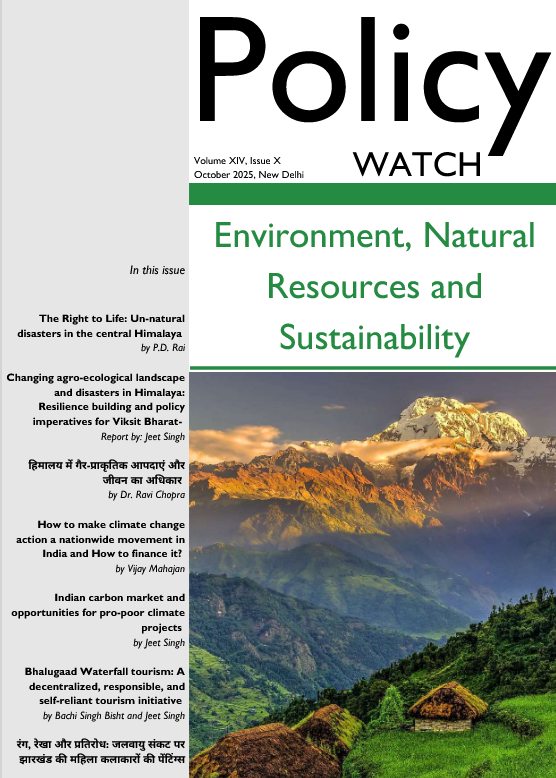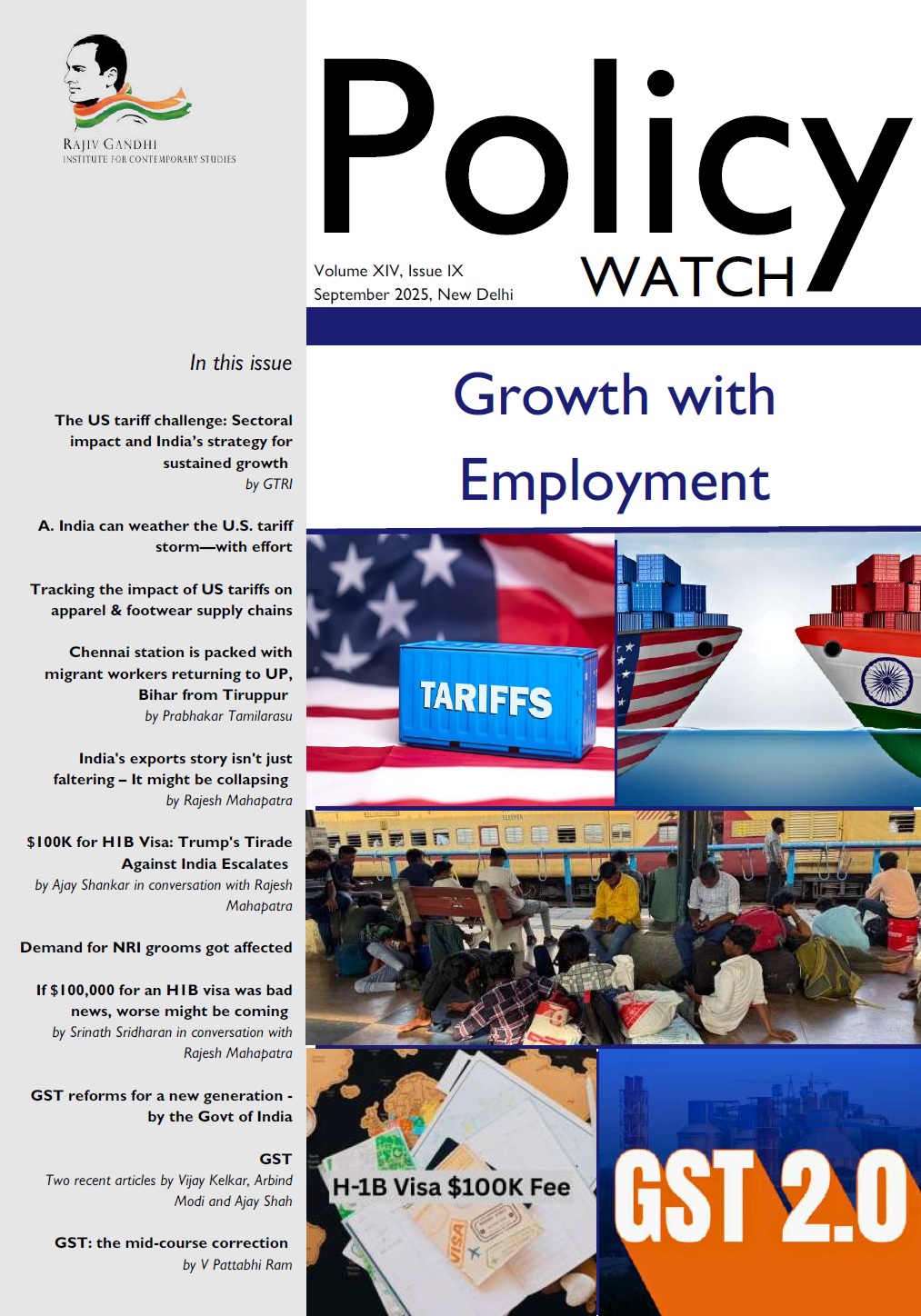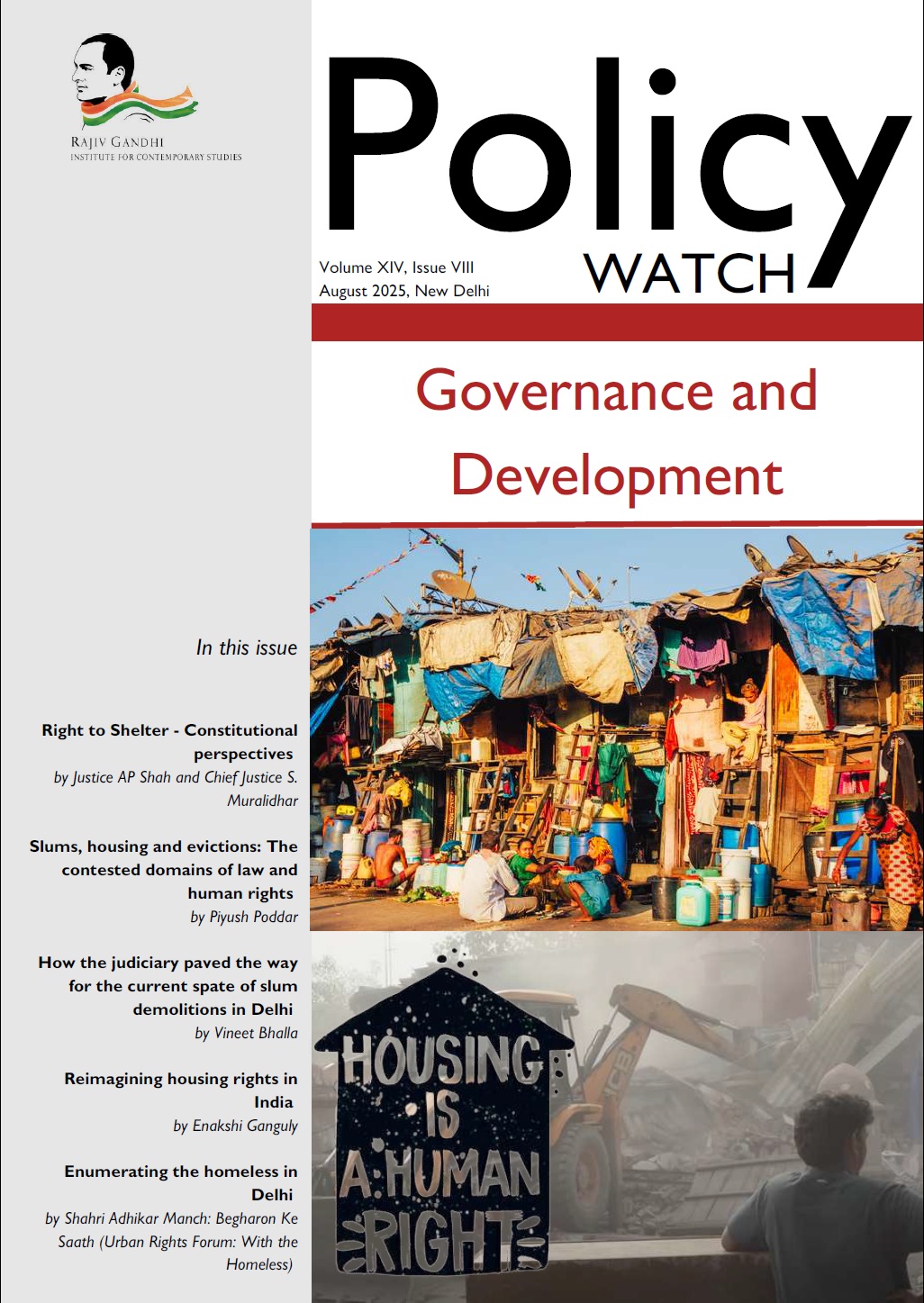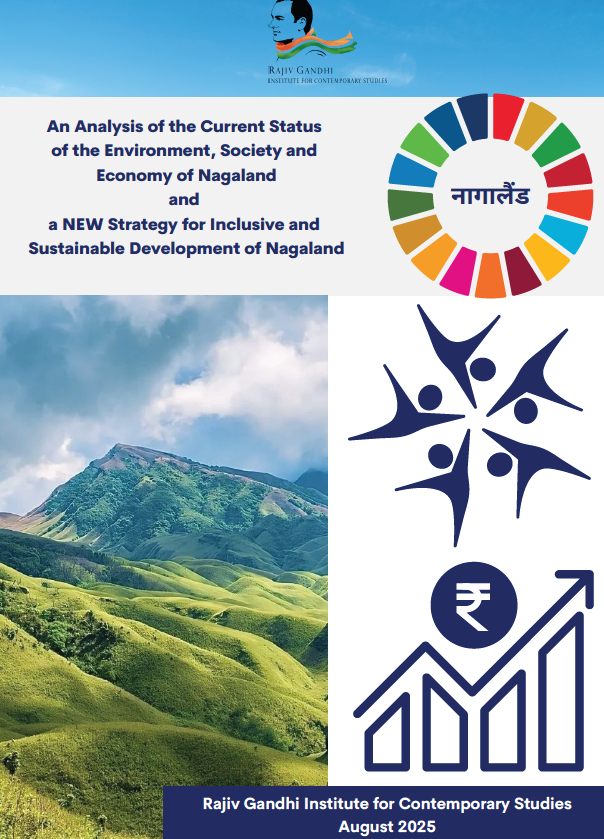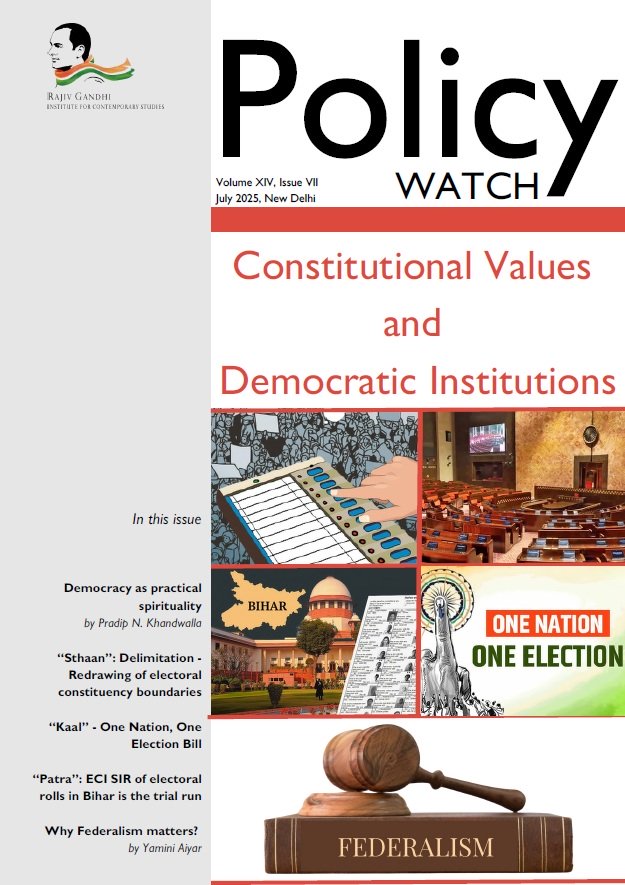China and India have taken distinct paths in their economic development, each with its own strengths and challenges. Over the past few decades, China’s rapid industrialization, foreign direct investment (FDI), and export-driven economy have made it a global economic giant. In contrast, India has followed a slower but steady approach, relying on its domestic market, services sector, and institutional stability. Since the 1980s, China’s manufacturing-driven growth model, backed by Special Economic Zones (SEZs) and heavy infrastructure investments, has fueled its transformation. Meanwhile, India has built strength in IT, financial services, and a more diversified industrial base. However, while China has experienced faster growth, India’s democratic system, strong legal institutions, and open financial markets provide long-term stability.
China’s rise has been powered by strategic trade agreements, SEZs, and deep integration into global supply chains. Its geographic location near major economies like Japan and South Korea has given it an additional advantage. India, however, has relied more on domestic entrepreneurship, selective FDI, and cautious trade liberalization. Bureaucratic inefficiencies, complex regulations, and infrastructure bottlenecks have slowed its industrial progress compared to China’s more aggressive expansion.
Despite its success, China faces political centralization, growing social inequality, and environmental degradation. India, on the other hand, struggles with policy inertia, income disparity, and a lack of infrastructure investment. Both countries must focus on education, job creation, and sustainable growth to ensure continued prosperity.
China could benefit from India’s institutional stability and transparency, while India can learn from China’s manufacturing success and trade policies. Their future global influence will depend on strategic policy reforms, investment strategies, and governance improvements.
Keywords: Socio-Economic Performance, China vs. India Comparison, Economic Liberalization, Foreign Direct Investment (FDI), Industrial Growth, Agricultural Development, Infrastructure and Energy, Political System & Governance, Trade & Globalization, Poverty & Social Inequality
Send download link to:China and India Socio-Economic Performance and Prospects


